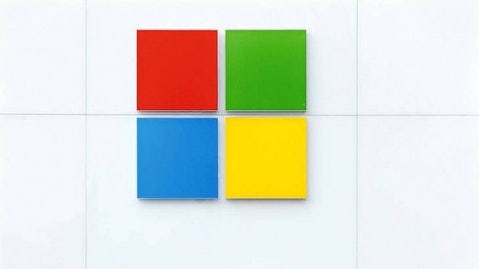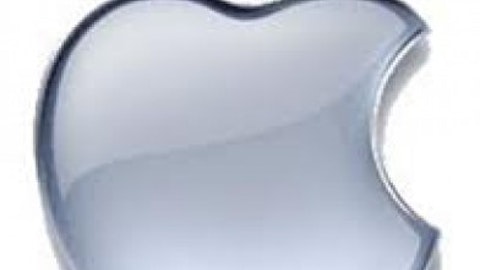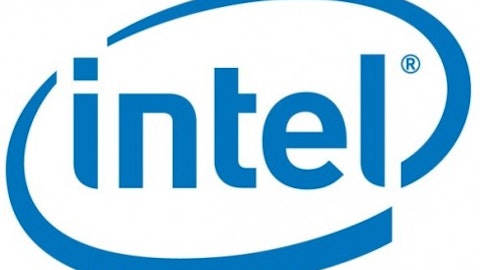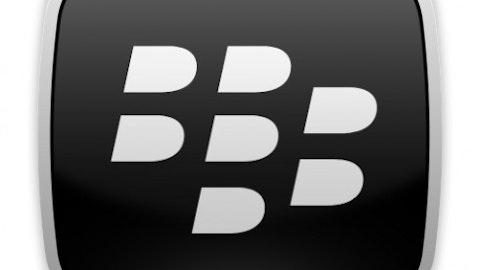When Microsoft Corporation (NASDAQ:MSFT) first launched Windows 8 last year the flagship operating system was met with mixed reviews. The start menu, a mainstay of the Windows operating system since the beginning, was removed. The desktop was relegated to an “app” which could be launched from the new home screen. For the first time in many years Windows came with a learning curve.
Microsoft Corporation (NASDAQ:MSFT) has learned from its mistakes with the unveiling of Windows 8.1, and update coming less than a year after the original release. With PC sales on the decline and consumers indifferent towards Windows 8 Microsoft is hoping the revamped OS will cause consumers to take a second look. Microsoft is also targeting the enterprise, with key changes aimed at compelling companies and organizations to upgrade. What does Windows 8.1 mean for Microsoft?
A second chance
One of the biggest gripes about Windows 8 was the lack of a start button. Hitting the Windows key, which used to display the traditional start menu, now shifts to the full screen start screen. Although all of the functionality and more is still there people generally don’t like change, prompting Microsoft Corporation (NASDAQ:MSFT) to include a start button on the desktop. The button still just launches the start screen, but it creates a more familiar experience for users.
Many people didn’t like the new start screen and wished they could boot into the desktop instead, and Windows 8.1 grants that wish. Along with some customization options, deeper integration of the SkyDrive cloud storage service, and native 3D printing, the changes make Windows 8 more polished and easier to use. Whether consumers will agree is another story, but many of the common complaints have been dealt with.
Microsoft Corporation (NASDAQ:MSFT) has a stranglehold on the enterprise PC market, but many companies are slow to upgrade. Windows 8.1 introduces features meant to give enterprise customers a real reason to switch to Windows 8. One big feature introduced is remote data removal. Data on employees’ devices can be marked as owned by the company and remotely deleted. This, along with other features focused on security, should give companies a reason to upgrade. One catalyst here is the official end of Windows XP support scheduled for April 8, 2014. I expect Windows 8 enterprise sales to increase pace as we get closer to that date.
Although PC sales have been declining tablet sales have soared, and with Windows 8 aimed at both traditional PCs and tablets it’s more important than ever that consumers like the operating system. Inexpensive Windows tablets featuring Intel Corporation (NASDAQ:INTC)‘s newest Atom processors could pose a real threat to Android tablets, and enterprises already using Windows 8 PCs could be compelled to used Windows 8 tablets as well.
The next few years will be interesting for Microsoft Corporation (NASDAQ:MSFT) as it fights back against the decline of the PC. The pieces are now in place with Windows 8.1, and the long-term success of the company depends on the success of Windows 8.





